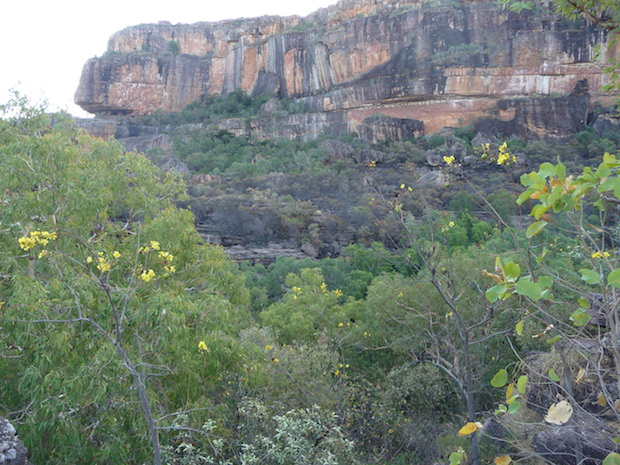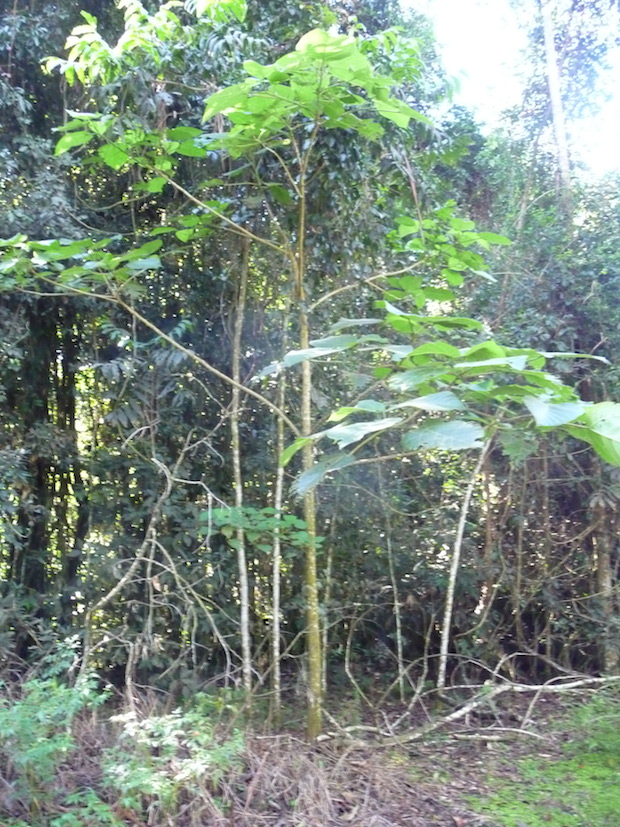Who doesn’t think of Australia when they think of dangerous, venomous and outrageous animals species? Or strange landscapes and a diversity of creatures? Species diversity consumes the continent as much as water surrounds it. With Australia being home to 75% of the world’s total biodiversity, it definitely quivers a scientist’s brain. These unique landscapes, creepy crawlies and questionably safer flora and fauna species are sure to make a science major interested in taking a trip to study abroad in Australia.

1. Landscape Diversity
Australia is home to tropical rainforests, arid landscapes, deserts, Coastal temperate landscapes, marine landscapes and Sub Tropics. The 93% native amphibians, 82% native mammals, 93% native frogs and 89% native reptiles barely capture the species variety made possible by different biomes in Australia.
2. Saltwater Crocodile
There is nothing more stimulating than the largest reptile alive today that can be traced back to their relatives prior to dinosaurs and that at full grown will eat anything from insects, fish and birds to sharks, dingoes and humans.
3. Cassowary
Another Australian wonder comes in the form of a flightless, giant bird. The Cassowary can be identified by its brightly colored feathers, large, spongy crest on its head (growing up to 18 cm in height) and sharp, large claws for defense. This keystone species is extremely intriguing, even its excrement is vital for seed dispersal in the environment.

4. Eastern Tarantula
Australia wouldn’t be Australia without a bird-eating spider. Found in Northern Queensland, this spider is venomous (not fatal to humans), lives in burrows, can be the size of a man’s hand and eats anything from insects to small mammals.

5. Eastern Brown Snake
Responsible for more deaths annually than any other species of snake, the Eastern Brown Snake has the second most toxic venom of any land snake on Earth and easily captures a scientists eye.
6. Short-Beaked Echidna
This primitive mammal is covered by spines and some hair, ranging in color from light brown to black. They forage for termites with their 7-8 cm long snout and make a unique addition to Australia’s fauna.
7. Gympie-Gympie
This fuzzy leaf (right in picture) growing off a soft-wooded shrub can cause possibly the most painful sting of any plant in Australia. Nothing better to study than broad, oval or heart-shaped leaves covered in a furry-looking dense covering of stinging hairs.
8. Kookaburra
The world’s largest kingfisher is easily blended into its white and brown environment. The iconic, loud ‘koo-koo-koo-koo-koo-kaa-kaa-kaa’ is often sung in a chorus with other individuals throughout the forests, open woodlands or plain edges they call home. The Kookaburra no doubt contributes to a scientist’s thoughts.
9. Koala
Australia is endemic to koalas, a tree-dwelling marsupial living in eucalyptus full woodlands and forests. Koalas fill their days and nights with sleeping and eating mostly poisonous eucalyptus oils. Their exact digestion of the poison is still a mystery.
10. Platypus
Half the size of a household cat, dark brown and grey, Platypuses are excellent swimmers and utilize their unique duck-like bill for food searching and picking up electrical discharges from its prey. Along with the two Echidnas species, the Platypus is the world’s only monotreme, or egg-laying mammal.
Megan Comer is a TEAN Alum and Global Ambassador at Virginia Tech. She studied abroad with TEAN on the Australian Environment, Wildlife, and Conservation Summer Down Under Program.
Sources
“Australia’s 10 Most Dangerous Snakes.” – Australian Geographic. N.p., n.d. Web. 18 Dec. 2014.
“Koala.” Koala. New South Wales Government, n.d. Web. 18 Dec. 2014.
“The Cassowary – Our Unique Big Bird.” The Cassowary – Our Unique Big Bird. Australian Rainforest Foundation, n.d. Web. 18 Dec. 2014.
“Platypus.” Platypus. New South Wales Government, n.d. Web. 18 Dec. 2014.
“Red-Eyed Tree Frogs, Red-Eyed Tree Frog Pictures, Red-Eyed Tree Frog Facts – National Geographic.” National Geographic. National Geographic, n.d. Web. 17 Dec. 2014.
19, Note 3 —. “Echidnas – Helping Them in the Wild.” Note 3 — 1999 Echidnas (n.d.): n. pag. New South Wales Government. Web. 18 Dec. 2014.















